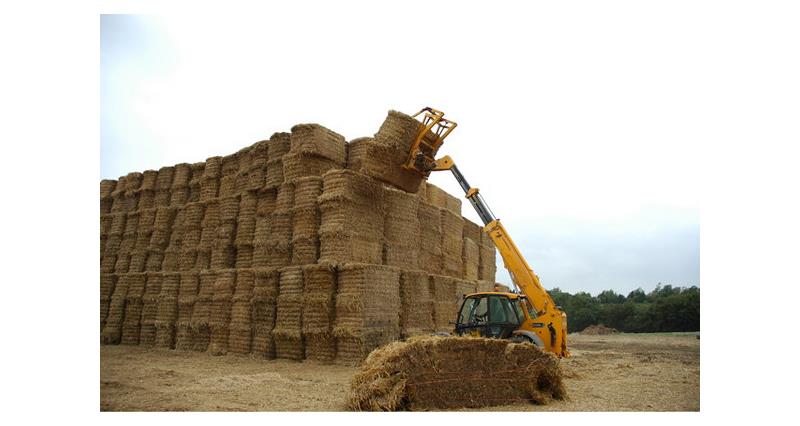The legislation under review is:
- The Lifting Operations and Lifting Equipment Regulations 1998 (LOLER)
- The Provision and Use of Work Equipment Regulations 1998 (PUWER)
- The Pressure Systems Safety Regulations 2000 (PSSR)
- The Work at Height Regulations 2005 (WAH)
The HSE has launched an on line survey to gather practical experiences from all businesses to help them understand what is a proportionate inspection regime and what improvements could be made to make compliance easier.
We want to hear from you as well with your opinions positive or negative on the operation of the equipment inspection legislation and in particular on LOLER and PUWER.
LOLER places duties on operators of lifting equipment and requires inspections in certain circumstances every 6 months.
More information on LOLER is available here.
PUWER regulations aim to make working life safer for everyone using and coming into contact with machinery and equipment, including employers, employees, contractors, suppliers, and anyone else who might use or have access to machinery in the workplace. The regulations aim to ensure that all equipment is:
- suitable for its intended purpose
- regularly maintained to ensure safety
- only used by people who have received adequate training
- inspected by a competent worker
More information on PUWER is available here.
Our view is that any regulation should be relevant; easy to understand and operate and proportionate to the benefit gained.
Questions
We want to hear your views on:
- Your experiences good or bad in complying with PUWER and LOLER.
- What you think could be improved to make the rules simpler or more cost effective?
- How often you check your equipment?
- Who check s your equipment – you – your employees – or third parties?
- What do you do with the results of inspections and how often are faults identified.
- Where do you go to find information on the rules and how to comply?
- What are the costs of inspections and are they proportionate to the benefit your business gains?
Also please let us know of any other comments you may have as we want to provide as much information as possible to the HSE on practical experiences and how things can be improved in our response.
